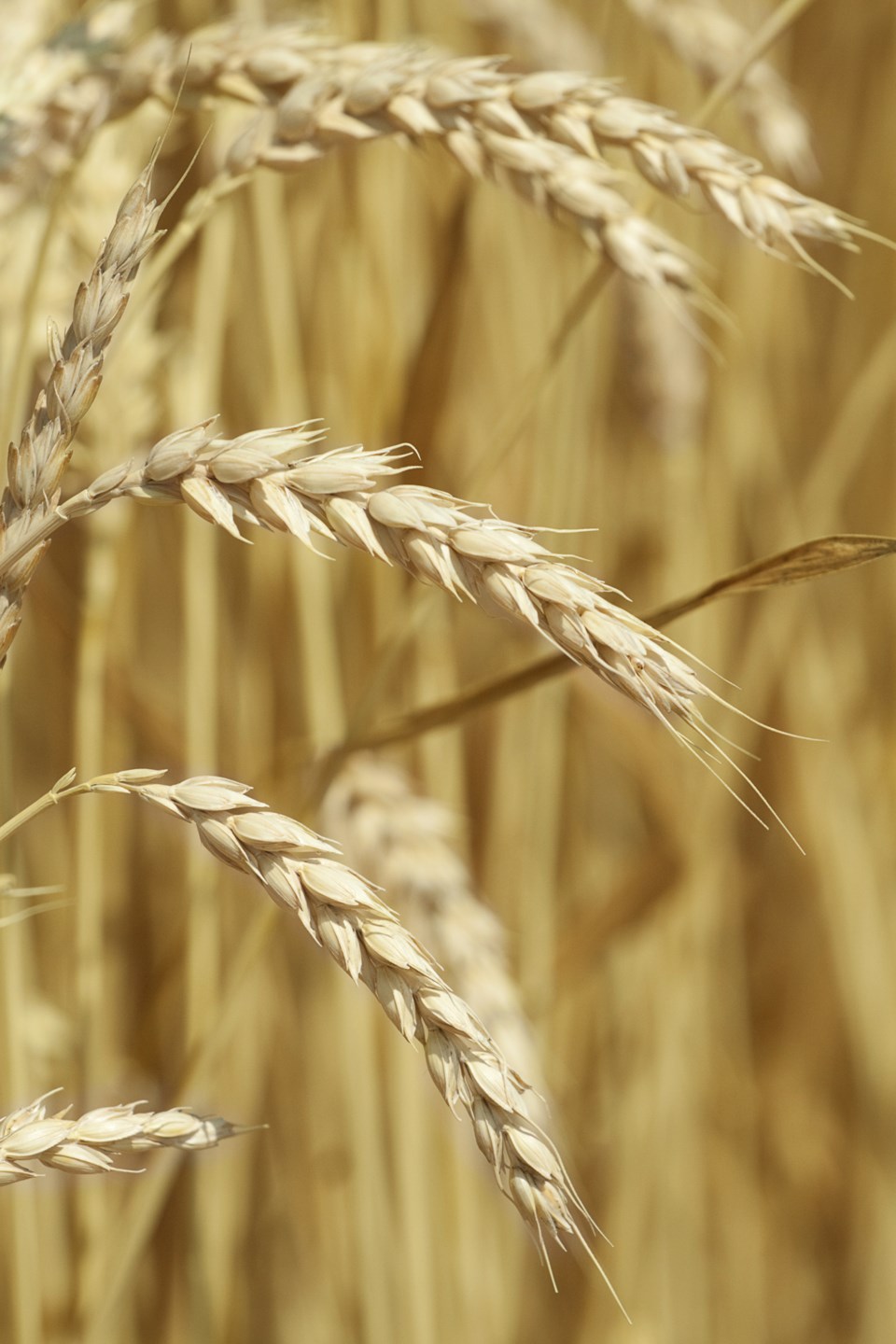ST. PAUL - The move by Alberta Agriculture and Forestry Minister Devin Dreeshen to remove Fusarium graminearum from the province’s Pest and Nuisance Control Regulation is good news, according to the manager of the St. Paul Municipal Seed Cleaning Plant.
Ron Wirsta said the zero tolerance position the province has had on fusarium, a fungal disease of cereal crops which affects grain development and quality, limited the type of seed varieties that could be used in the province. However, seed treatment options are available and can successfully reduce the impacts of the disease on crops.
“There’s not a lot of fusarium here. A lot of the product in northeastern Alberta didn’t have fusarium on it, other than south of (Hwy) 16. Right now, if anything had point one, point zero five, a lot of that product wasn’t used for seed. They are still good seed lots as long as they are seed-treated,” Wirsta said. “With fusarium coming into the marketplace it will increase our seed treating portfolio, along with some new varieties that are in Saskatchewan that we can’t get because there’s a trace of fusarium in some of them.”
Removing fusarium from the provincial regulation will allow the agriculture industry to change processes to managing the disease rather than having zero tolerance for it.
“Albert’s farmers continue to grow high-quality food that people around the world can count on every day. This long overdue change creates new opportunities for our farmers by levelling the playing field. Modernizing these rules means that Alberta farmers will benefit from current research advances,” Dreeshen said in announcing the move.
The Canadian Seed Trade Association is applauding the decision with its president, Georges Chausse, saying the group has long advocated to have fusarium taking off the provincial ban.
“It will be the most effective way for industry to promote management systems, encourage investment and innovation and allow Alberta farmers to stay competitive with their counterparts in other jurisdictions.”
With most of the plant breeding done in Saskatchewan, especially for wheat, Wirsta said new varieties developed there couldn’t move to Alberta for reproduction because of a trace of fusarium on them.
“Fusarium can be devastating in the right climate but it needs the right climate to devastate a crop. If you get a crop that’s 20 – 25 per cent fusarium-ridden in the fall when it’s being harvested, that’s 25 per cent of the crop that the farmer has lost. He can’t market it. It’s going into the landfill, it can’t even go for feed. So, that’s how serious fusarium can be if we don’t control it.”
Wirsta said management of the disease is key and those in the Alberta agriculture industry must adopt a best practices approach when it comes to keeping the disease in check. He maintains that farmers using seed that is one per cent infected by fusarium is not going to affect the outcome of the crop in the fall, especially if they treat the seed prior to it going in the ground.
“It’s a management issue that needs to be addressed from a grower point and from an industry point.”



